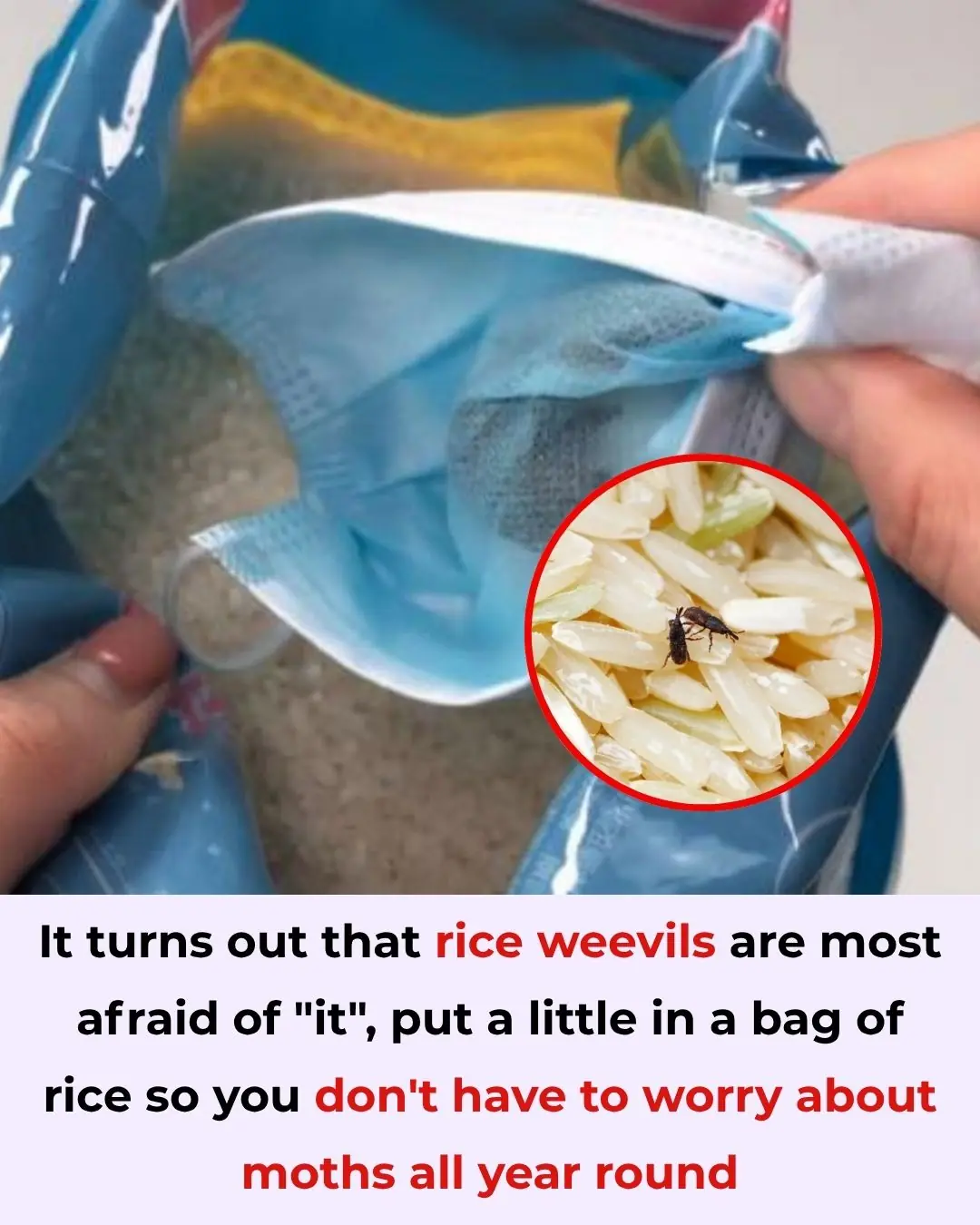
Garlic Peels Are Not Trash – Don’t Throw Them Away!
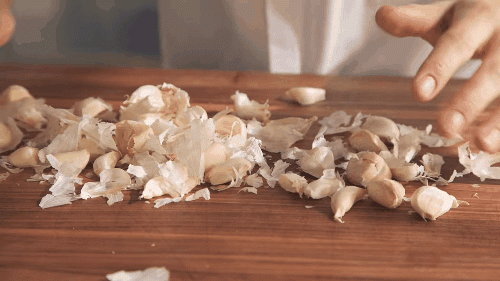
We often toss away garlic peels immediately after peeling them, thinking they’re useless. But from now on, think twice before throwing them in the trash — garlic skins are surprisingly valuable and can be used in many practical, eco-friendly ways around your home and garden. Here’s how these thin layers can become a natural treasure.
1. Mix Garlic Peels into the Soil
Instead of discarding garlic peels, mix them into your potting soil or bury them around your plants. Over time, the peels decompose and turn into a rich, organic fertilizer packed with nutrients like sulfur and antioxidants that help plants grow stronger and healthier. After a few weeks, the soil becomes more fertile, helping flowers bloom faster and fruits ripen more quickly. You’ll also save a good amount of money on store-bought fertilizer — a win for both your wallet and the planet.
Extra tip: You can also add garlic skins to your compost pile. They help accelerate the fermentation process and reduce harmful bacteria, creating a more balanced compost mix.
2. Add Garlic Peels to Pet Food
If you have pets such as chickens, dogs, or cats, you can finely grind or crush the dried garlic peels and mix them into their food. Garlic contains natural compounds that can promote metabolism, strengthen immunity, and even help repel parasites. While you should only add a small amount, this simple step lets you reuse what would otherwise be waste and slightly cut down your pet food expenses. It’s a small but sustainable habit that benefits both your pets and the environment.
3. Use Garlic Water to Nourish Plants
To keep your houseplants lush and green, try using diluted garlic water as a natural nutrient spray. For example, plants like pothos (devil’s ivy) often turn yellow when lacking nutrients. In this case, mix one part garlic juice with 500 parts water and spray it on the leaves or pour it directly into the soil. Garlic water contains natural minerals that improve plant vitality while helping eliminate bacteria and detoxify the soil. The result: greener leaves and stronger roots.
If your plants are flowering, spray a smaller amount — too much can cause flowers to wilt faster. With proper use, garlic water can make blossoms last longer and appear more vibrant. However, moderation is key: watering with garlic water once every 4–6 weeks is sufficient.
4. Use Garlic as a Natural Pesticide
Beyond its fertilizing benefits, garlic is an excellent natural pesticide. Many harmful insects — such as aphids, spider mites, and small black flies — cannot stand the strong smell of garlic. By spraying garlic-infused water on infested leaves, you can repel or eliminate pests without using harsh chemicals.
To make a more powerful homemade pesticide, combine four natural ingredients: garlic, chili, onion, and ginger. These ingredients are all high in natural acids and compounds that irritate and drive away pests like caterpillars and beetles.
How to prepare it:
-
Crush 1 kg of garlic, 1 kg of chili peppers, and 1 kg of ginger.
-
Soak the mixture in about 3 liters of rice wine or white liquor in a sealed jar.
-
Let it sit for about 15 days.
After this time, the active compounds will have dissolved into the alcohol, creating a potent, concentrated solution. Dilute this mixture with water before spraying it on your plants — it’s a safe, affordable, and highly effective way to protect your garden.
Alternative method: You can also soak each ingredient separately — 1 kg of ingredient per 1 liter of alcohol — and later mix the extracts. This flexibility allows you to adjust the strength of the natural pesticide depending on your plants’ needs.
In Summary
Garlic peels may look like waste, but they’re actually a hidden gem in every kitchen. They can enrich your soil, protect your plants from pests, boost pet health, and help you live more sustainably. Instead of throwing them away, put them to use — a simple, zero-cost way to get closer to nature while saving money.
News in the same category


6 Household Appliances That Consume More Electricity Than Air Conditioners and Refrigerators: Unplug Them to Avoid Skyrocketing Bills
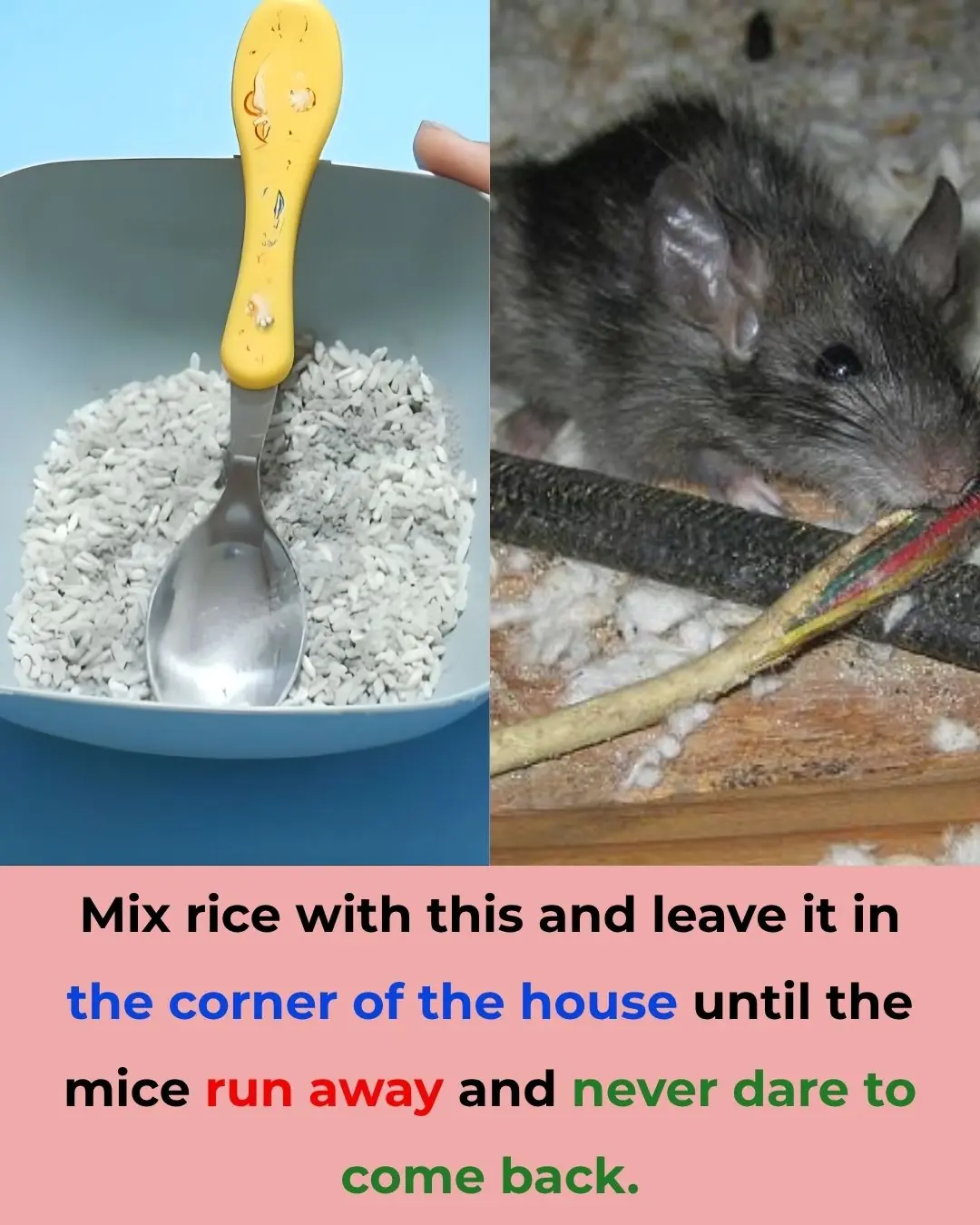
5 Natural Ways to Keep Mice Away from Your Home Without Using Poison
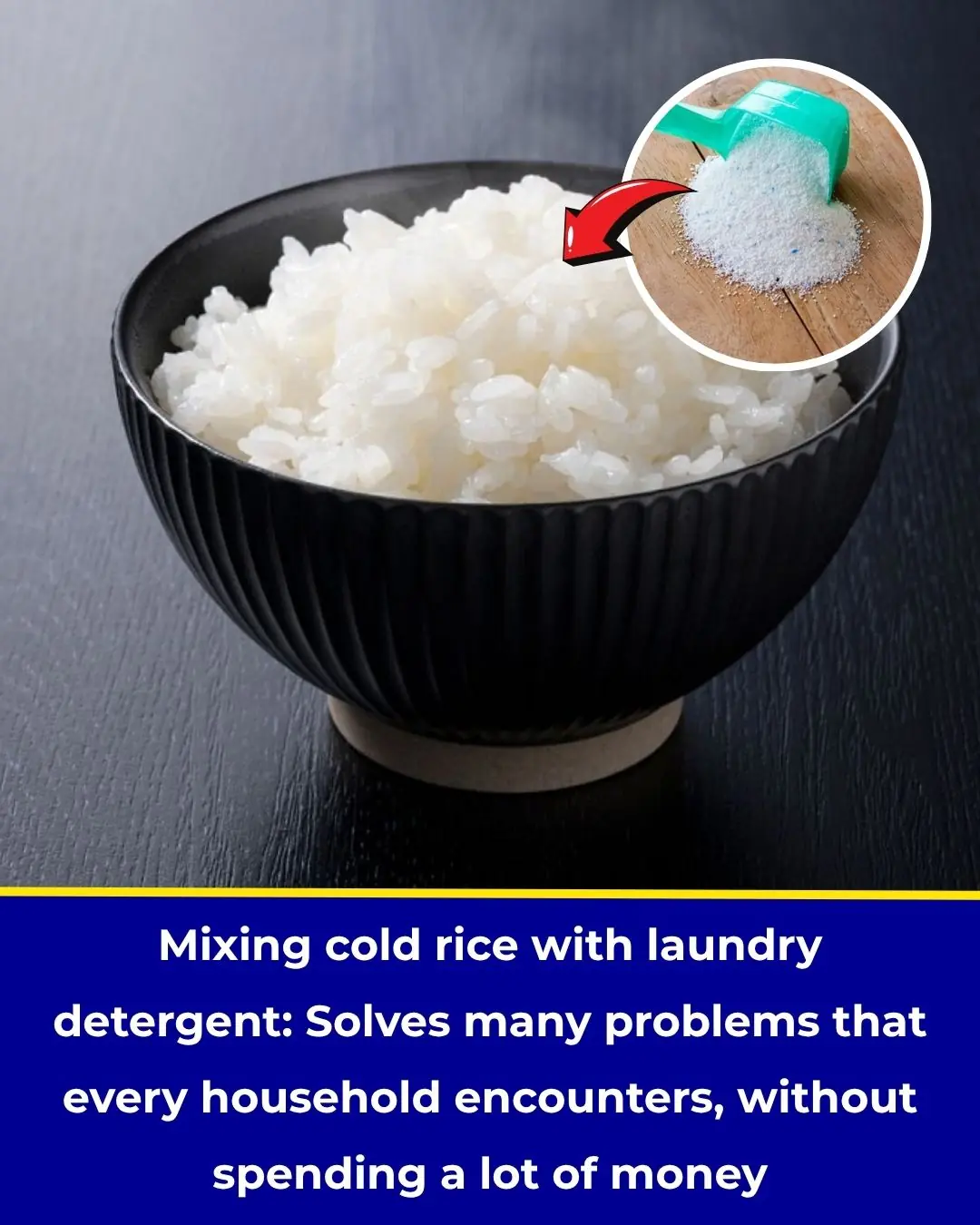
Mix Leftover Rice with Laundry Detergent – A Surprising Household Hack That Solves Common Problems Without Costing a Dime
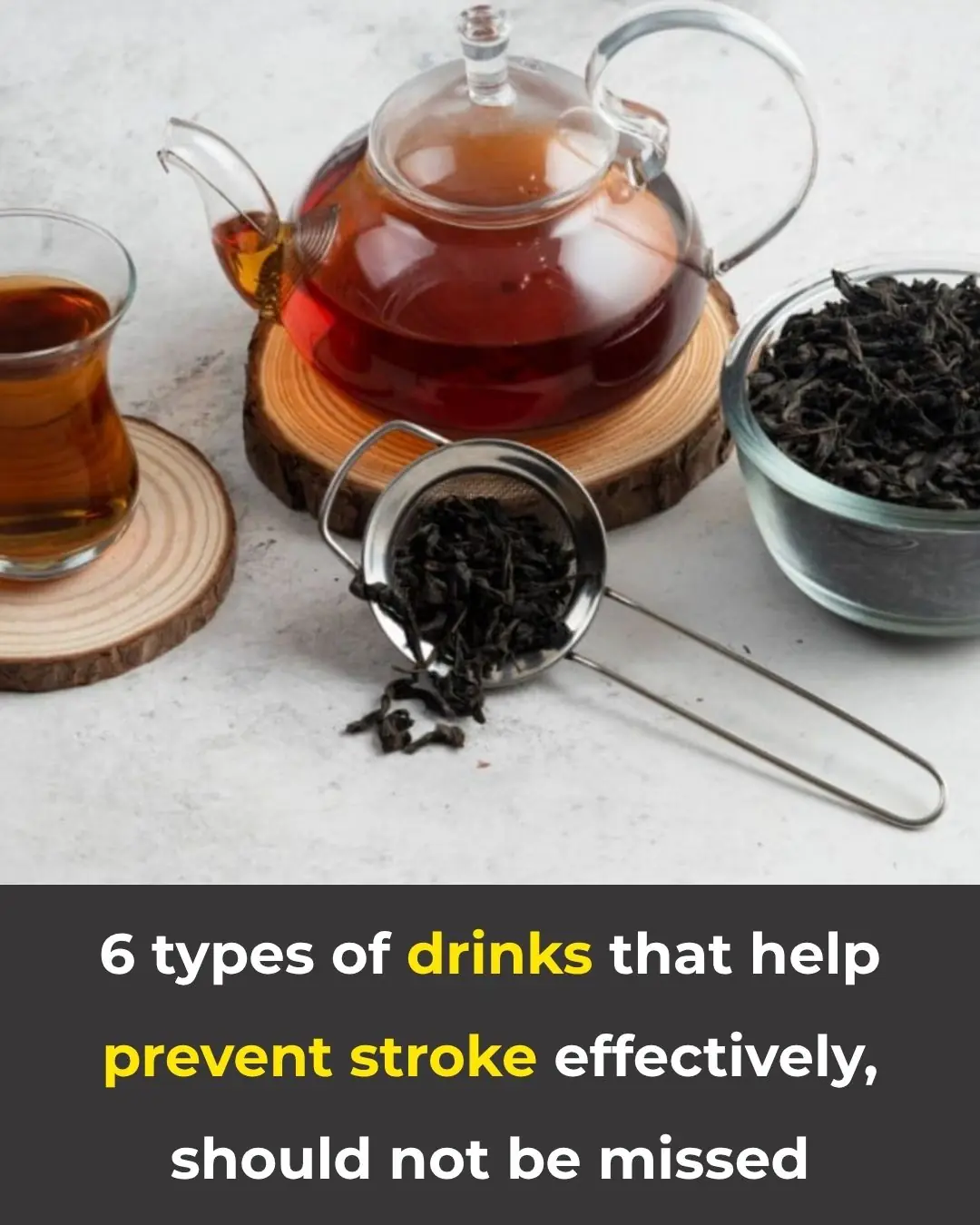
6 Healthy Drinks That Help Prevent Stroke — Simple, Effective, and Worth Adding to Your Routine

Air Conditioner Leaking Water Indoors?

Little-known wonderful uses of baking soda in gardening
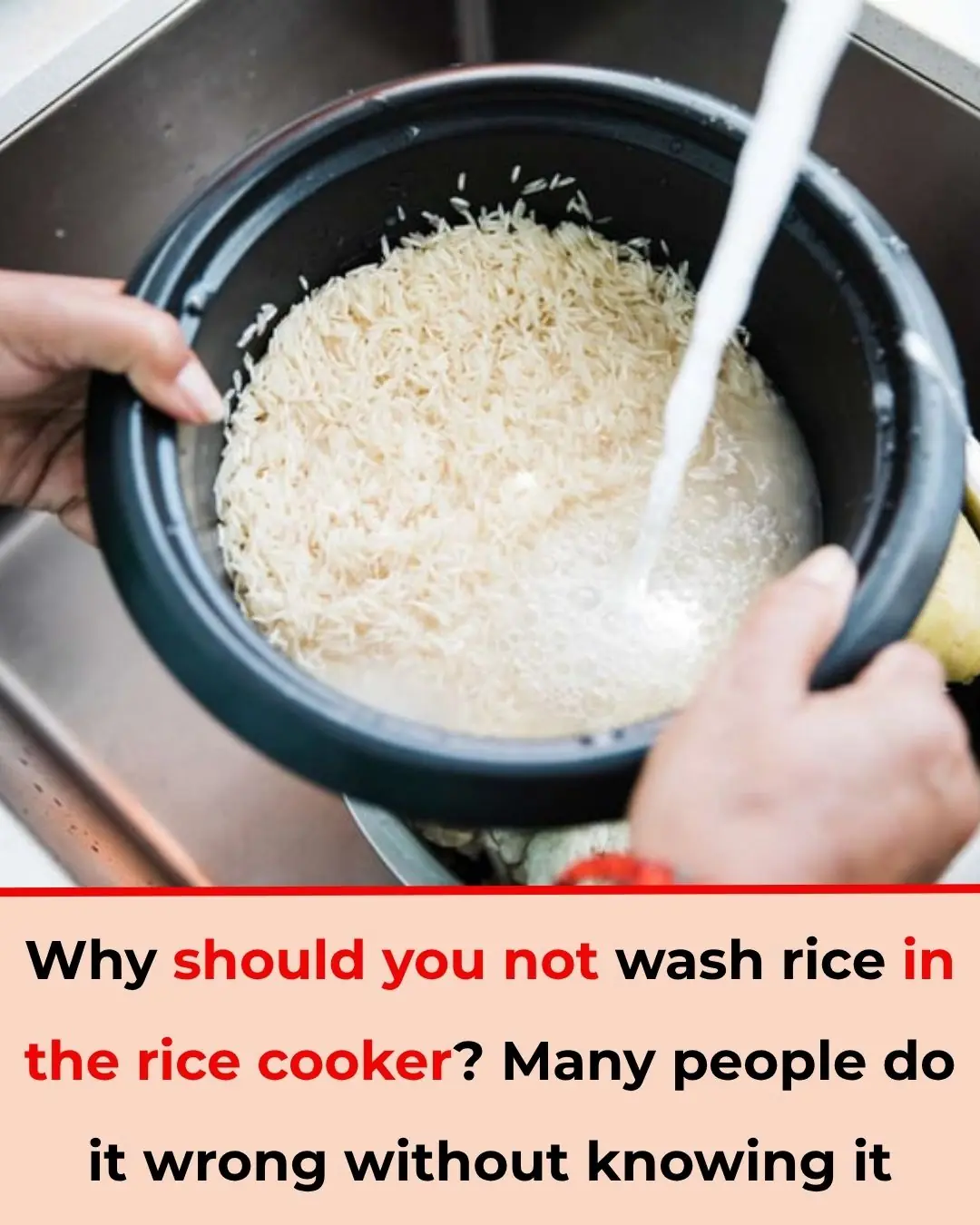
Why You Shouldn’t Wash Rice in the Inner Pot of an Electric Rice Cooker
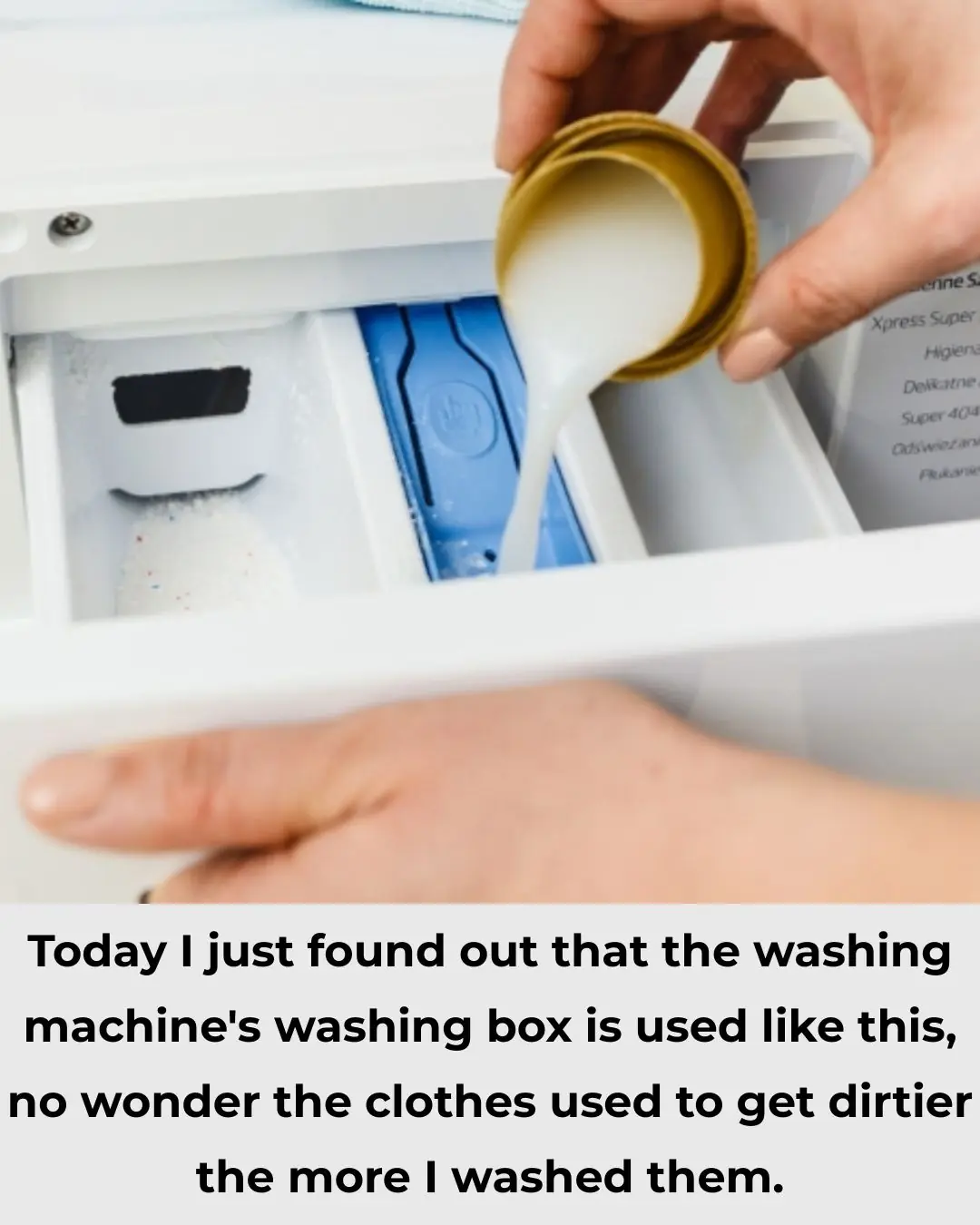
Turns out I've been using it the wrong way for a long time

🥚 5 Simple Ways to Tell if Your Eggs Are Fresh or Rotten 🚫
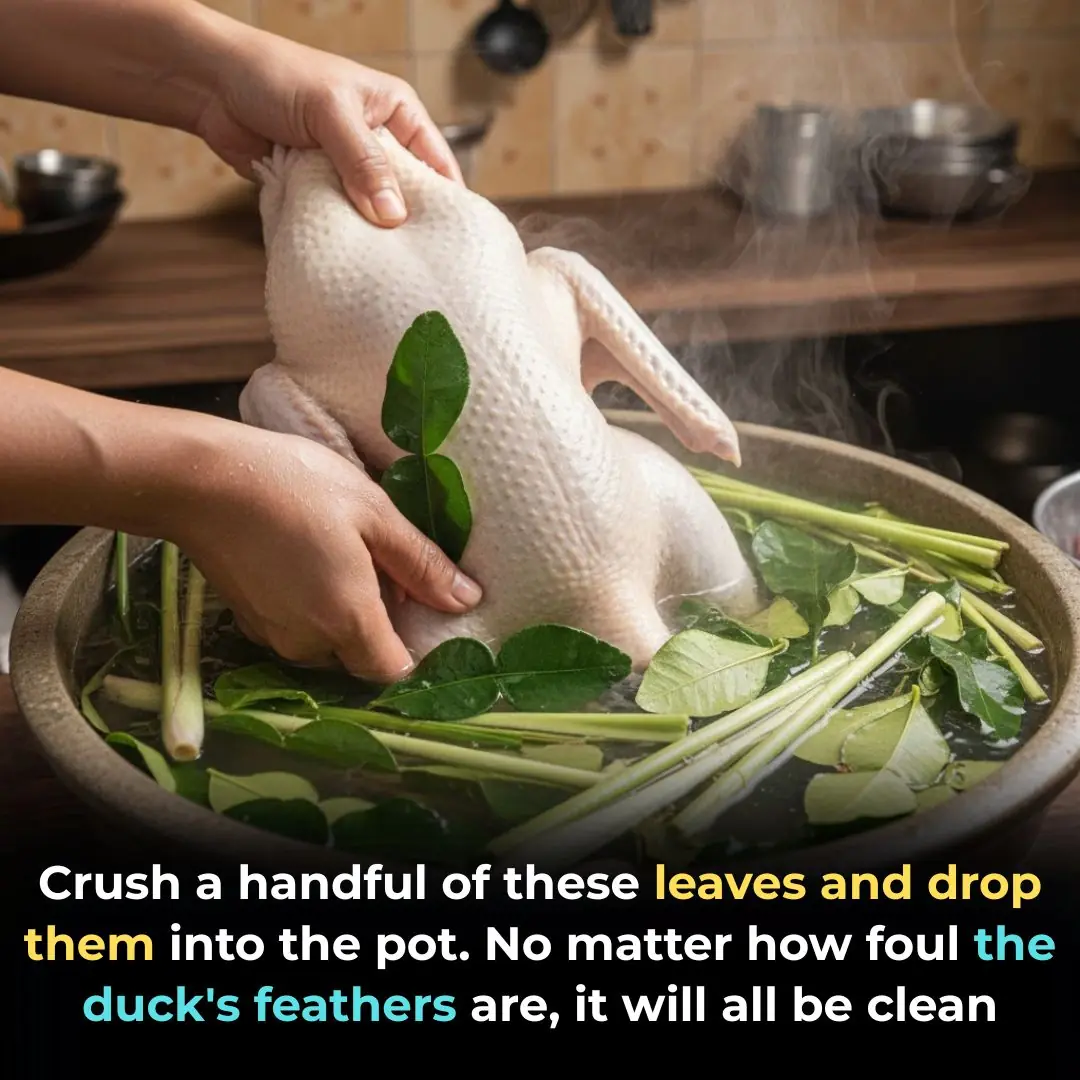
Crush a handful of these leaves and drop them into the pot.

New research discovers unexpected benefits of lard

Mix banana peel with this and keep it in the corner of the house

The house is full of dust even if cleaned regularly, apply these 3 tips for a whole week and the house will still be clean

You’re doing it all wrong. Here’s the right way to use baking soda around home
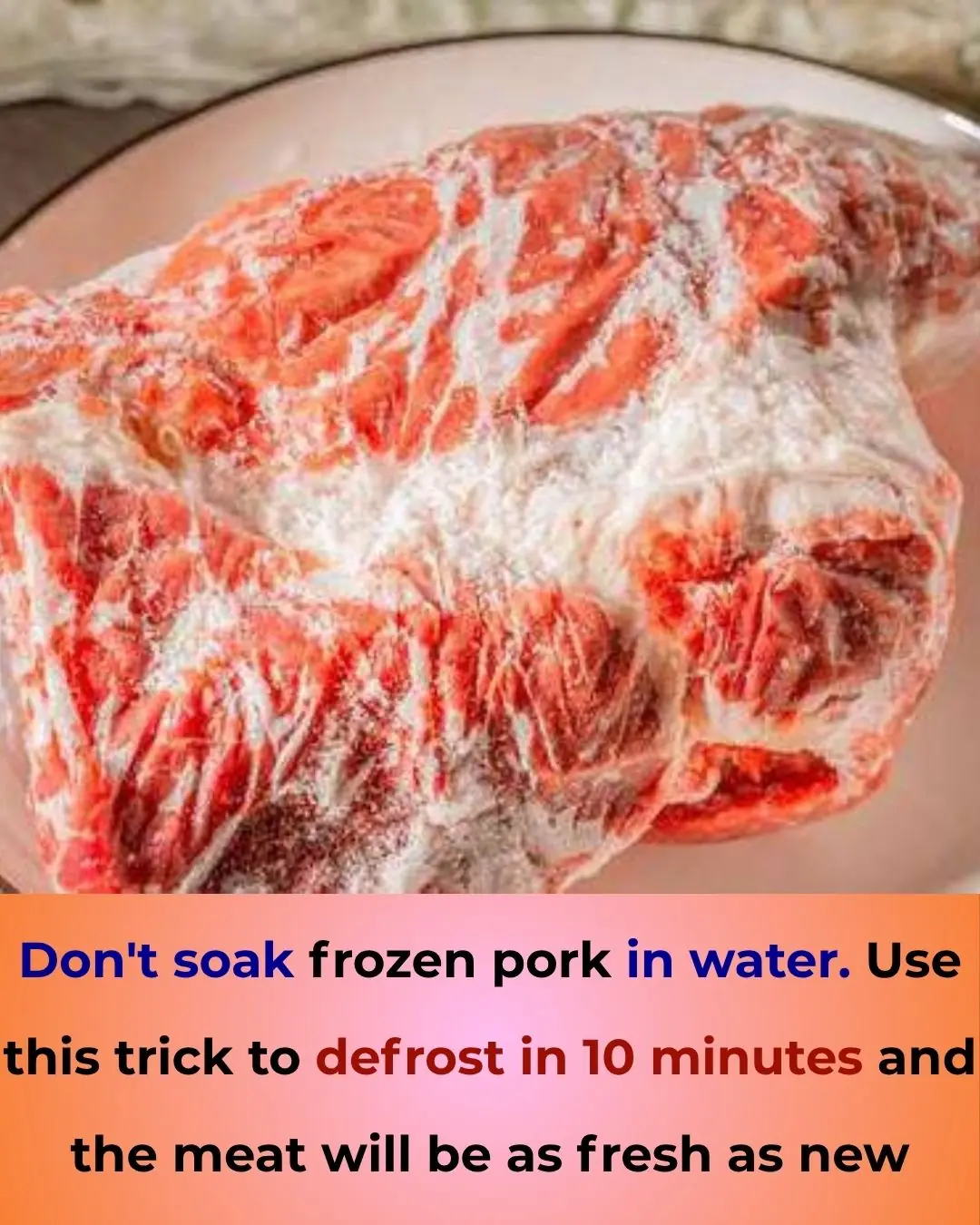
Don’t Soak Frozen Pork in Water — Try This 10-Minute Thawing Trick for Fresh, Tender Meat

Hotel Room Red Flags You Should Never Ignore

🔌 3 Mistakes to Avoid When Charging Your Phone — And How to Extend Its Life

You’re doing it all wrong. Here’s the right way to clean air vents
News Post
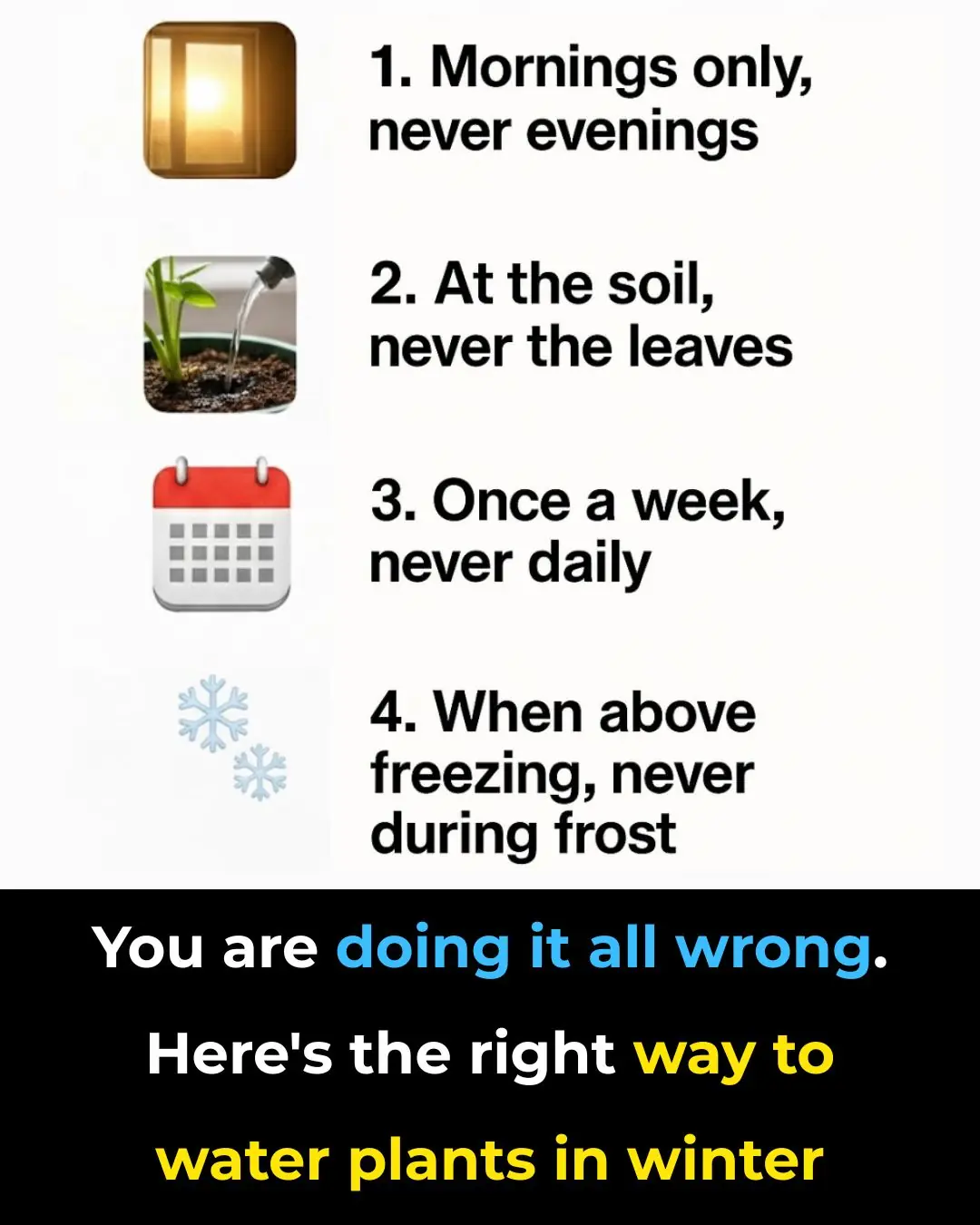
You Are Doing It All Wrong. Here’s the Right Way to Water Plants in Winter
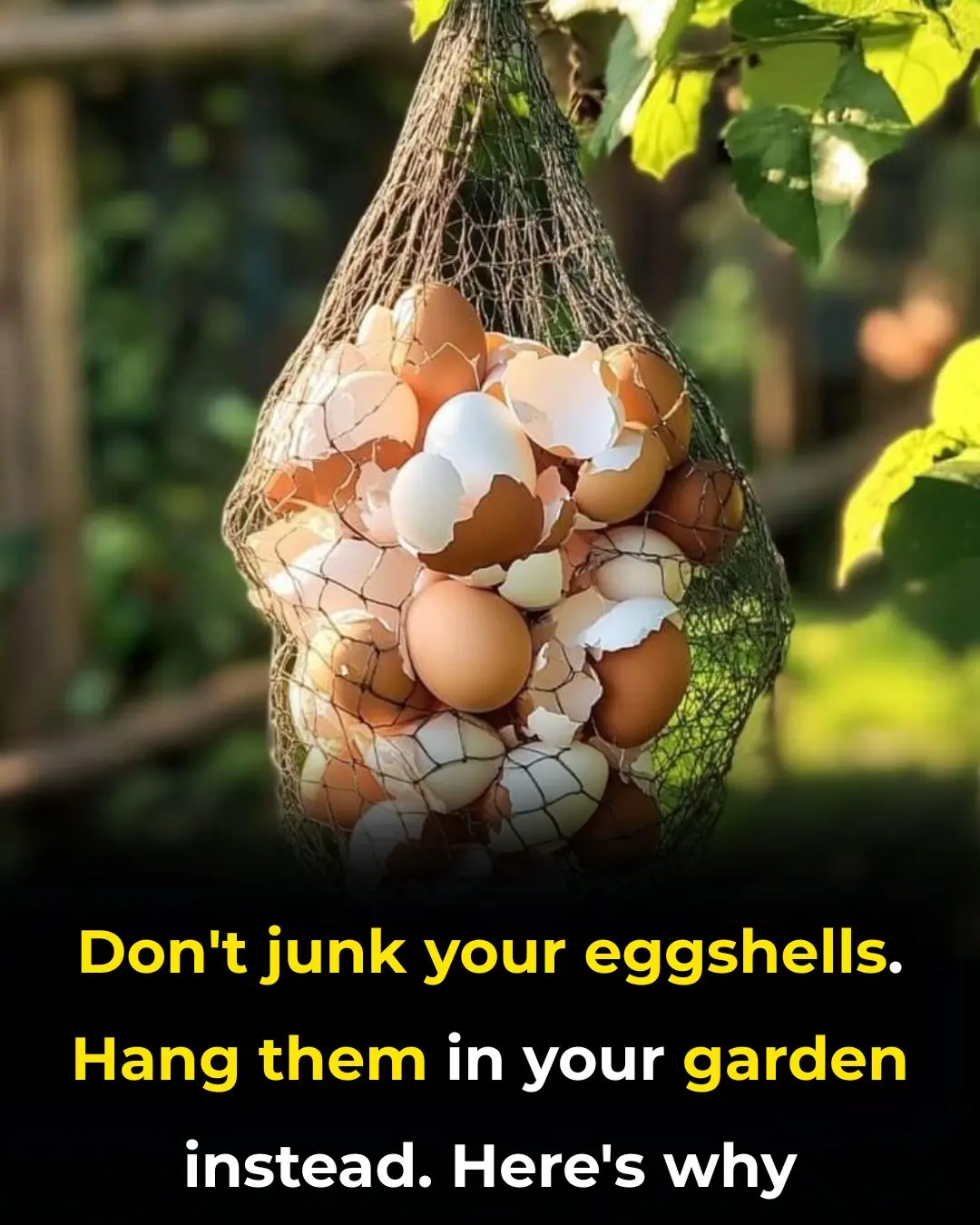
Don’t Junk Your Eggshells. Hang Them in Your Garden Instead. Here’s Why
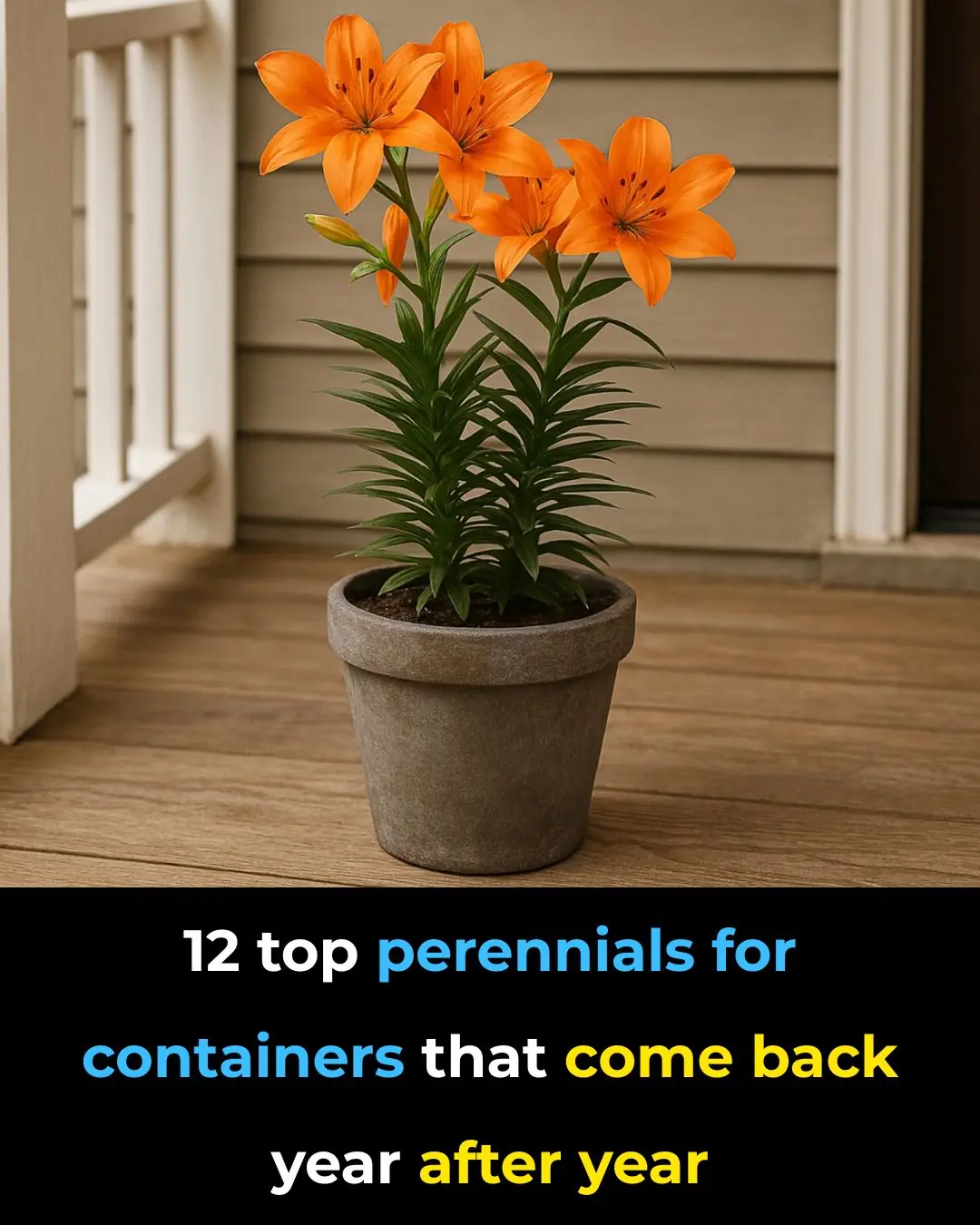
12 Top Perennials for Containers That Return Year After Year
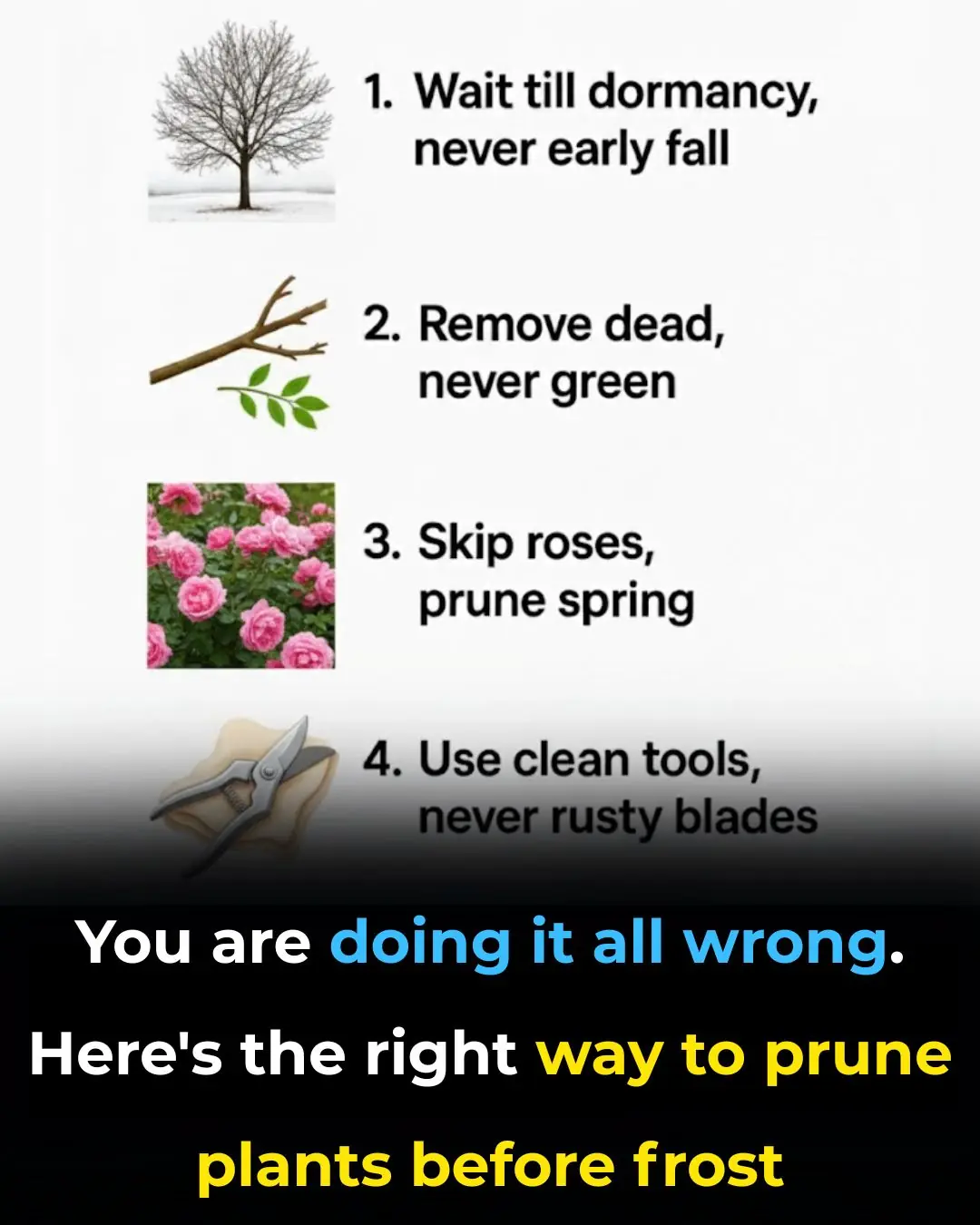
You Are Doing It All Wrong. Here’s the Right Way to Prune Plants Before Frost

My nana taught me this hack to make orchids rebloom fast in 5 minutes with 0 work — here’s how it really works

DIY Egg & Vaseline Hair Mask for Extreme Shine and Smoothness 🥚🌟

Arthritis warning: 10 everyday foods making your pain and inflammation worse

7 nuts you must eat for better health (and the #1 nut you should NEVER touch)

9 Warning Signs of Diabetes You Shouldn’t Ignore

It Turns Out Rice Weevils Fear “This Thing” the Most – Put a Little in Your Rice Bag and You Won’t Worry About Pests All Year

6 Household Appliances That Consume More Electricity Than Air Conditioners and Refrigerators: Unplug Them to Avoid Skyrocketing Bills

5 Natural Ways to Keep Mice Away from Your Home Without Using Poison

Mix Leftover Rice with Laundry Detergent – A Surprising Household Hack That Solves Common Problems Without Costing a Dime

6 Healthy Drinks That Help Prevent Stroke — Simple, Effective, and Worth Adding to Your Routine

Air Conditioner Leaking Water Indoors?

Why Your Acne Is Returning as an Adult
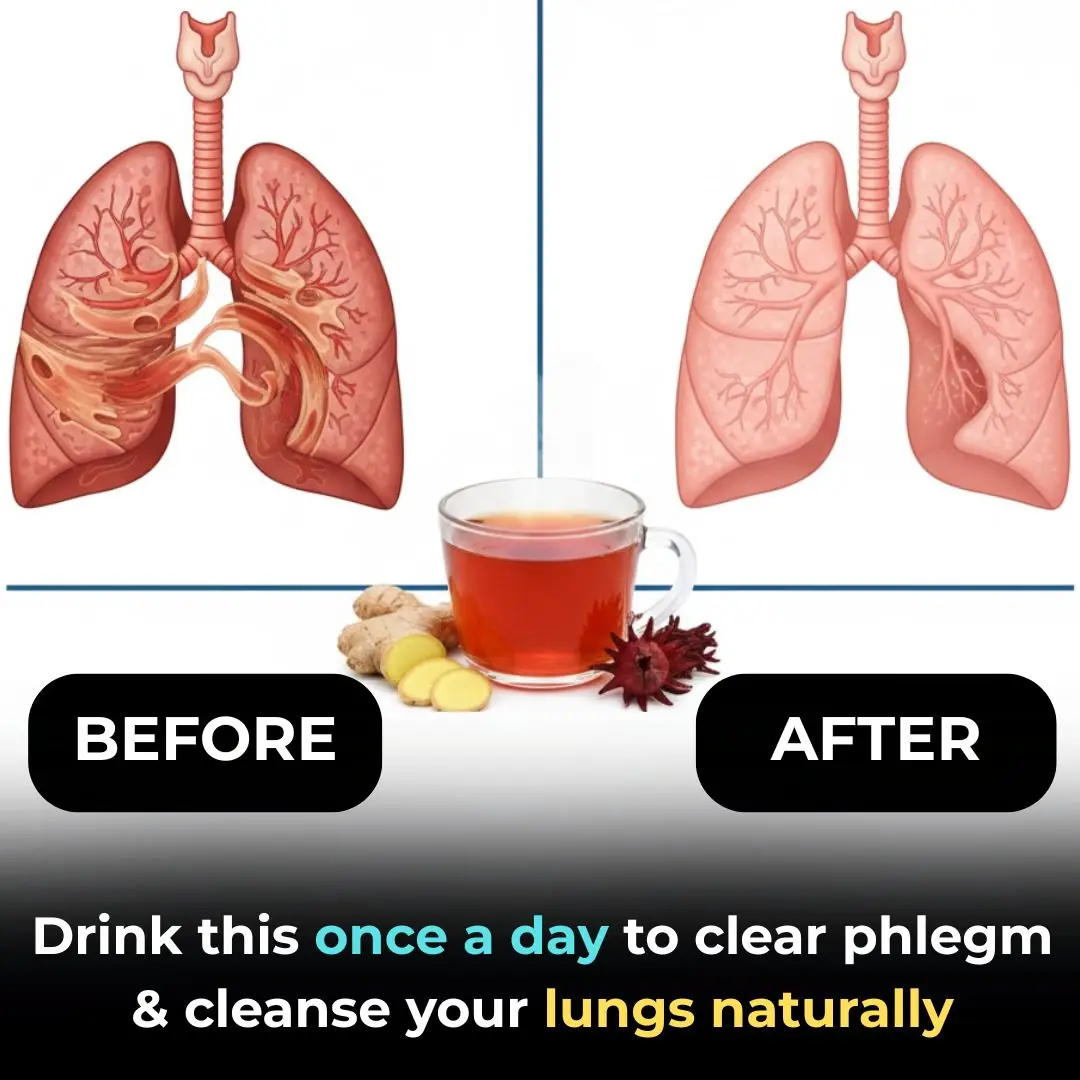
1 Cup to Cleanse Your Lungs of Phlegm and Toxins
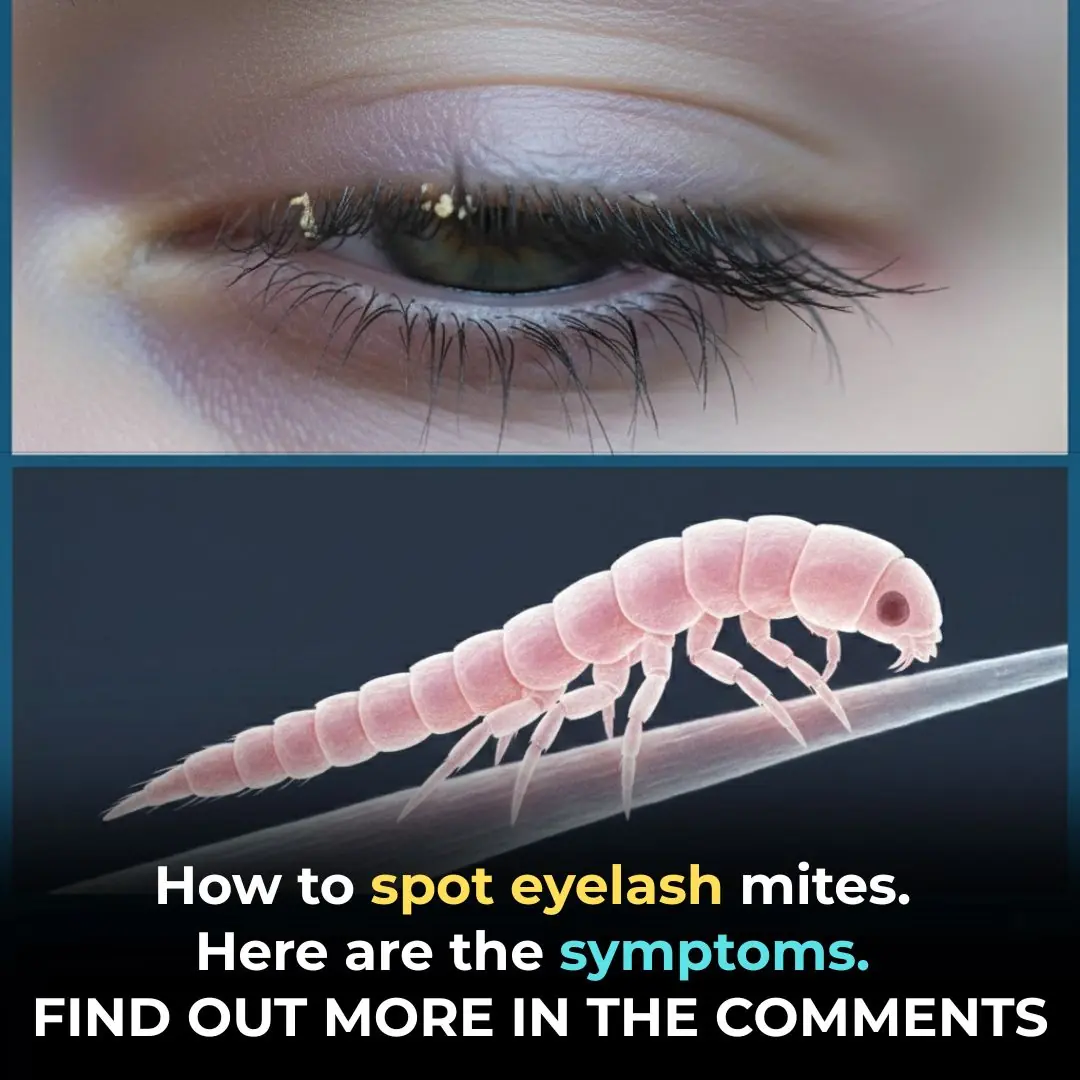
How To Spot Eyelash Mites
